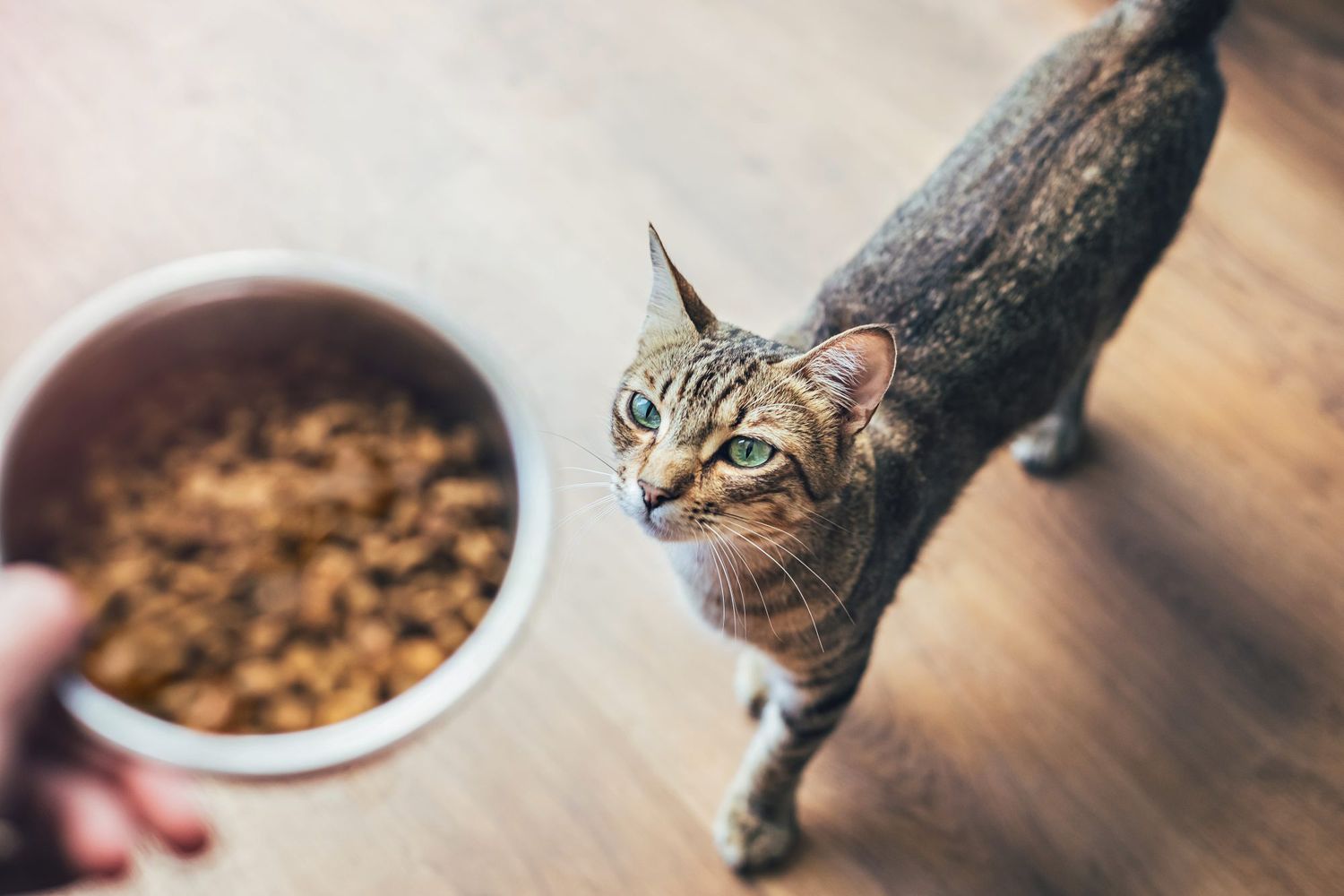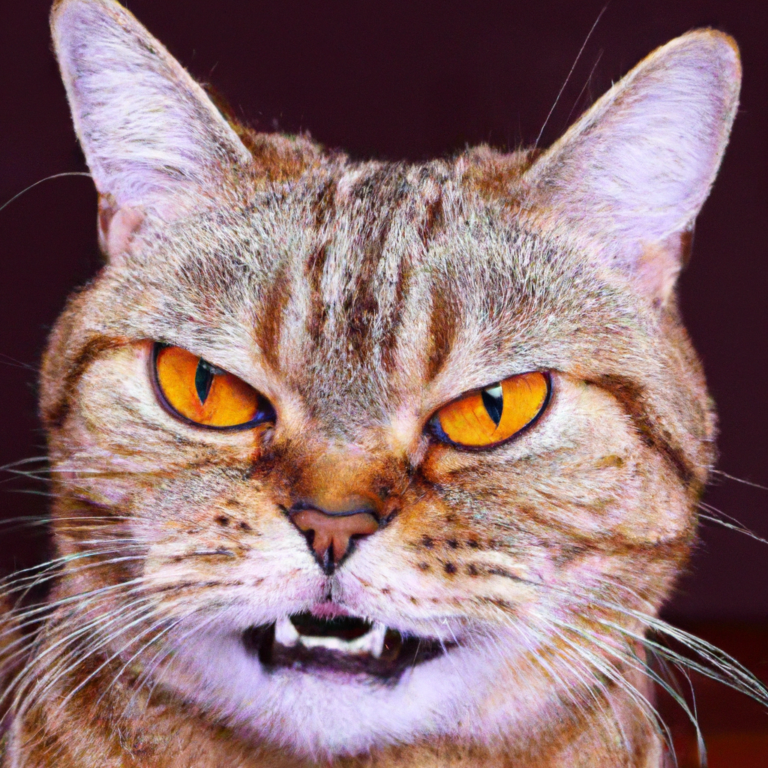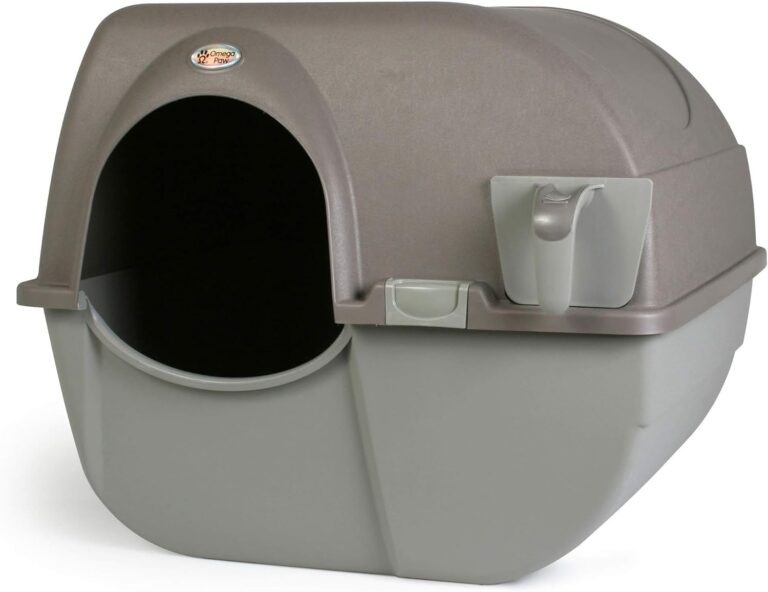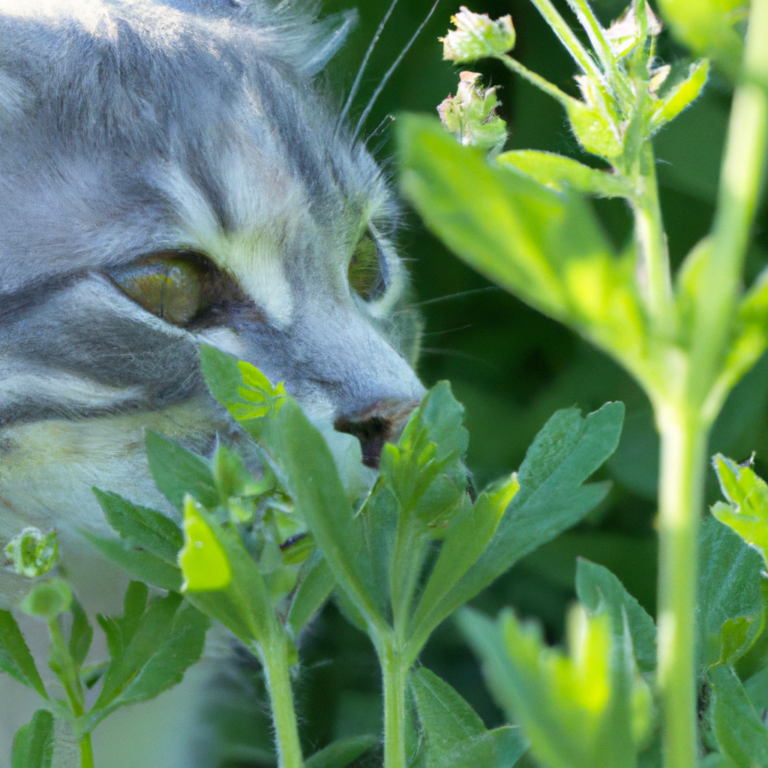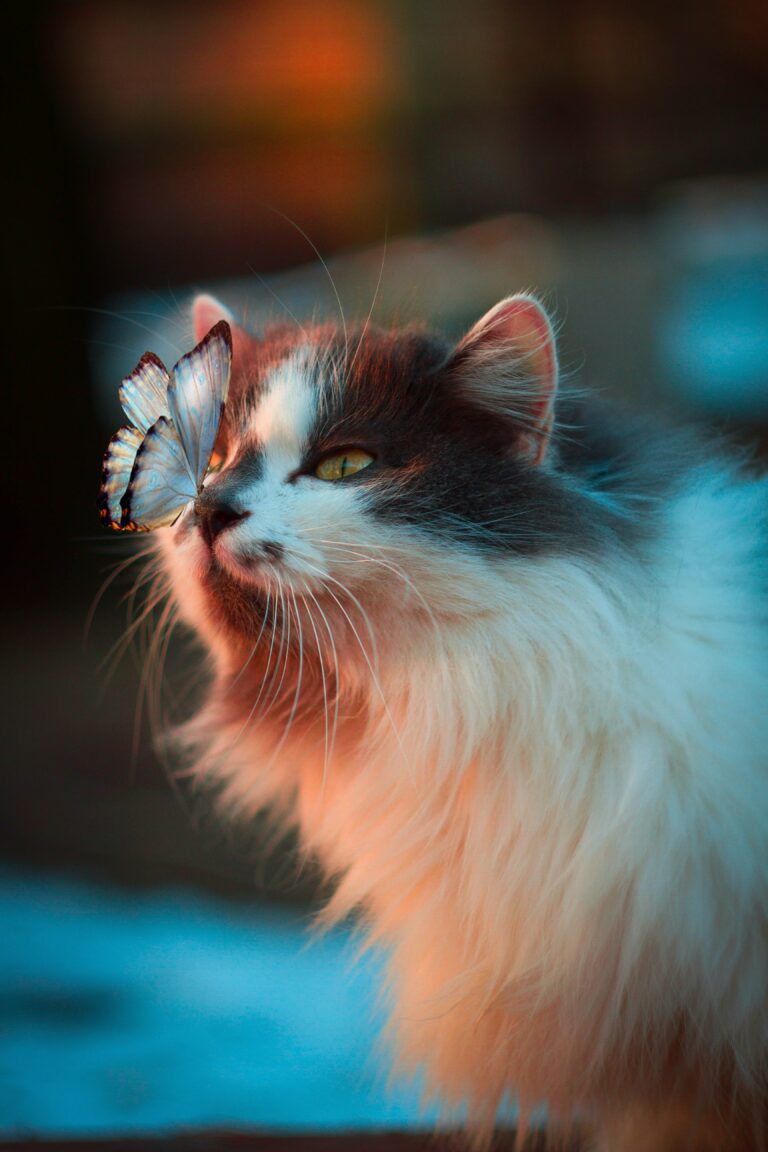How Long Does Dry Cat Food Last
Have you ever wondered about the shelf life of dry cat food? It’s essential to ensure that your furry friend is always getting the freshest and most nutritious meals. So, how long does dry cat food last? In this article, we will explore the factors that affect the longevity of dry cat food and provide you with some useful tips to ensure the food stays fresh and tasty for your feline companion. Let’s dive right in and discover the secrets of preserving the quality of your cat’s favorite meals!
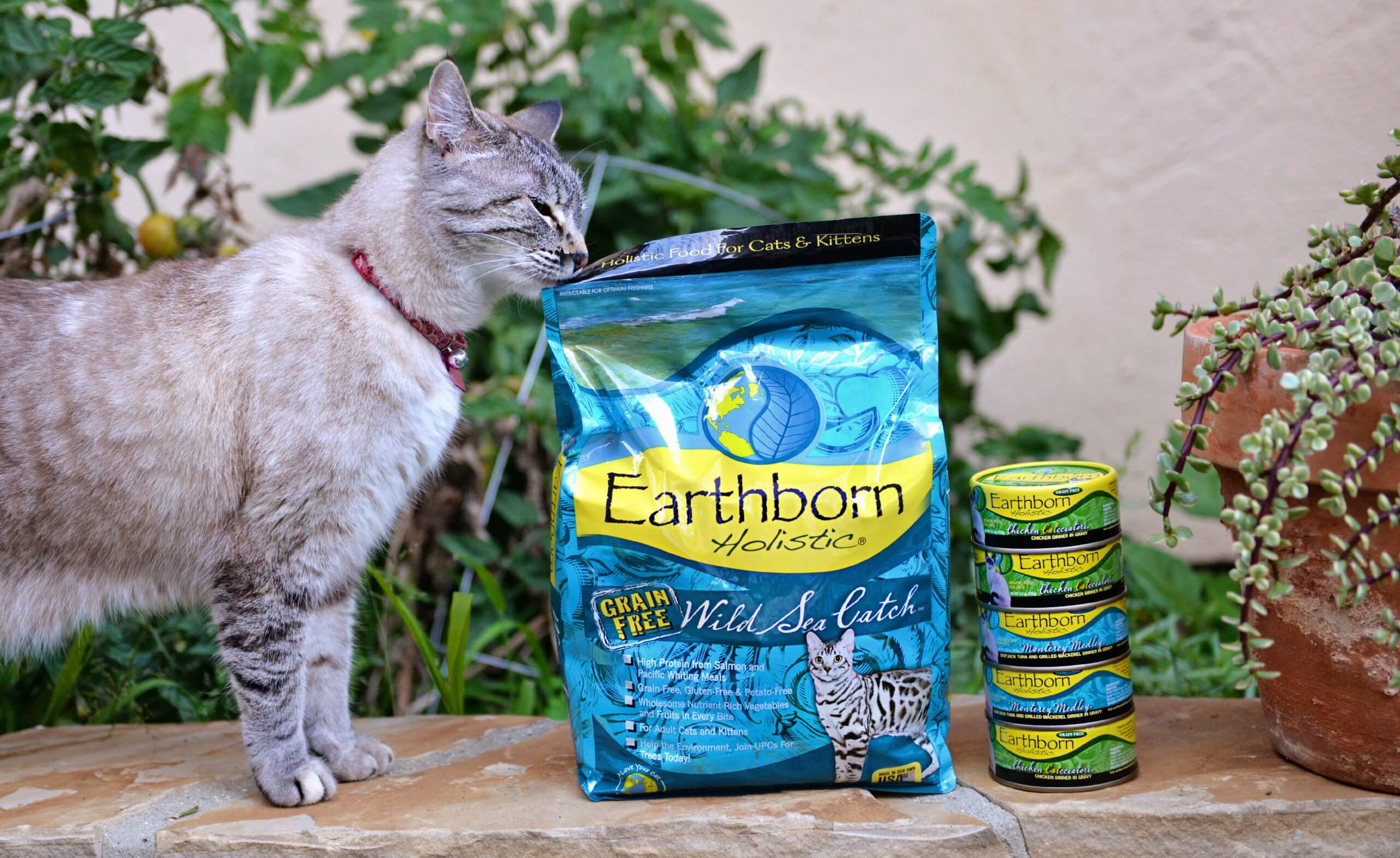
Factors Affecting the Shelf Life of Dry Cat Food
Dry cat food, like any other food product, has a limited shelf life. Several factors can affect the shelf life of dry cat food, including the ingredients used, the packaging, and the storage conditions.
Ingredients
The quality and composition of the ingredients used in dry cat food play a crucial role in determining its shelf life. High-quality ingredients sourced from reputable suppliers are less likely to deteriorate quickly compared to lower-quality alternatives. Natural preservatives like vitamin C and vitamin E can also help extend the shelf life of dry cat food. It’s important to check the ingredient label and choose cat food that contains high-quality ingredients to ensure a longer shelf life.
Packaging
The packaging of dry cat food is designed to protect it from external factors that may impact its shelf life. The packaging should be airtight to prevent moisture, air, and pests from entering and spoiling the food. Additionally, the packaging material should be of high quality to withstand any potential damage during transportation and storage. Proper packaging ensures that the dry cat food remains fresh and safe to consume for a longer period.
Storage Conditions
The storage conditions of dry cat food significantly affect its shelf life. It is crucial to store dry cat food in a cool, dry, and dark place to minimize exposure to heat, humidity, and light. Excessive heat and moisture can lead to the growth of bacteria and molds, while exposure to light can cause the degradation of certain nutrients. Storing dry cat food properly in a suitable environment will help maintain its quality and extend its shelf life.
Understanding Expiration Dates
Dry cat food packages often display different types of expiration dates. It is essential to understand what each date means to ensure that you are feeding your cat food that is safe and fresh.
Best By Date
The “best by” date refers to the date until which the manufacturer believes the dry cat food will be of the highest quality. It does not mean that the food will be unsafe to consume after that date, but its taste, texture, and nutritional value may start to decline.
Sell By Date
The “sell by” date indicates the date by which the retailer should sell the dry cat food. It is primarily for the store’s inventory management and does not necessarily reflect the freshness or safety of the product.
Use By Date
The “use by” date is the last date recommended for consuming the dry cat food to ensure its optimal safety and quality. It is important to adhere to this date and not feed the food to your cat past the recommended date as it may pose health risks.
Extending the Shelf Life of Dry Cat Food
While dry cat food does have a limited shelf life, there are measures you can take to extend its freshness and safety. Proper storage, using airtight containers, and avoiding moisture and heat are key factors in prolonging the shelf life of dry cat food.
Proper Storage
As mentioned earlier, storing dry cat food in a suitable environment is crucial. The storage area should be cool, dry, and dark, with temperatures ideally ranging between 50-70°F (10-21°C). It is essential to keep the food away from direct sunlight, as light can degrade certain nutrients. Additionally, ensure that the storage area is well-ventilated to prevent the buildup of moisture.
Using Airtight Containers
Transferring dry cat food into airtight containers can help keep moisture, air, and pests out. Choose containers made of food-grade materials, such as plastic or glass, that have a strong seal. This will prevent the food from being exposed to external elements that can hasten its spoilage. By properly sealing the dry cat food, you can extend its shelf life and maintain its quality.
Avoiding Moisture and Heat
Moisture and heat are two primary enemies of dry cat food. Exposure to moisture can lead to bacterial growth and the development of mold, which can be harmful to your cat’s health. Similarly, heat can accelerate the breakdown of nutrients and result in the rancidity of fats present in the food. Avoid storing dry cat food in areas prone to humidity or near heat sources like radiators or ovens. By keeping the food dry and cool, you can significantly increase its shelf life.
Signs of Spoiled Dry Cat Food
It is essential to be able to identify signs of spoiled dry cat food to ensure that you are not jeopardizing your cat’s health. Here are some common indicators that the food has gone bad:
Mold or Fungi Growth
The presence of mold or fungi on dry cat food is an unmistakable sign of spoilage. Mold can develop when moisture enters the packaging or if the food has been stored incorrectly. If you notice any visible mold growth, do not feed it to your cat and dispose of it immediately.
Unusual Odor
Spoiled dry cat food often emits an unpleasant and rancid odor. If you detect any unusual or foul smell coming from the food, it is an indication that it has gone bad. Trust your instincts and discard the food if it smells off.
Change in Texture or Color
Dry cat food should have a consistent texture and color. If you notice any significant changes, such as clumping, discoloration, or a greasy appearance, it may be a sign of spoilage. Discontinue feeding your cat the food if you observe any such changes.
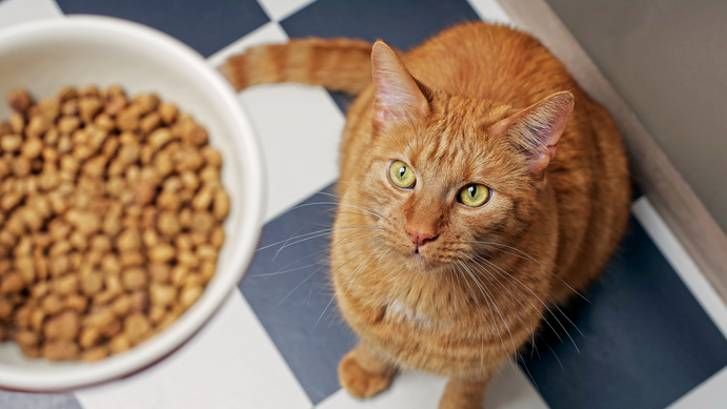
How Long Does Unopened Dry Cat Food Last?
Unopened dry cat food typically has a longer shelf life than opened packages. However, the exact duration can vary based on various factors, including the type of food and the brand.
Unopened Dry Cat Food Shelf Life
On average, unopened dry cat food can last between 6 months to 1 year. However, it is important to check the packaging for the specific expiration date provided by the manufacturer. Some high-quality brands may have a longer shelf life, while lower-quality options might have a shorter one.
Specific Brands and Formulas
Different brands and formulas may have different shelf lives for their unopened dry cat food. It is advisable to refer to the manufacturer’s guidelines and expiration dates mentioned on the packaging to determine the specific shelf life for a particular product. Following the recommended timeline will help ensure that your cat receives fresh and safe food.
How Long Does Opened Dry Cat Food Last?
Once a package of dry cat food is opened, its shelf life is significantly reduced. Proper storage becomes even more critical in maintaining its quality and safety.
Opened Dry Cat Food Shelf Life
Opened dry cat food typically lasts for about 4-6 weeks if stored correctly. However, it is essential to check the specific guidance provided by the manufacturer. Some brands may suggest a shorter time frame, considering the increased exposure to air and potential moisture.
Proper Storage Tips
To maximize the shelf life of opened dry cat food, ensure that it is sealed tightly after each use. Roll down the packaging and use a clip or clamp to secure it, or transfer the remaining food to an airtight container. Store the container in a cool, dry, and dark place, away from heat and moisture sources. Regularly inspect the food for any signs of spoilage and discard it if necessary.
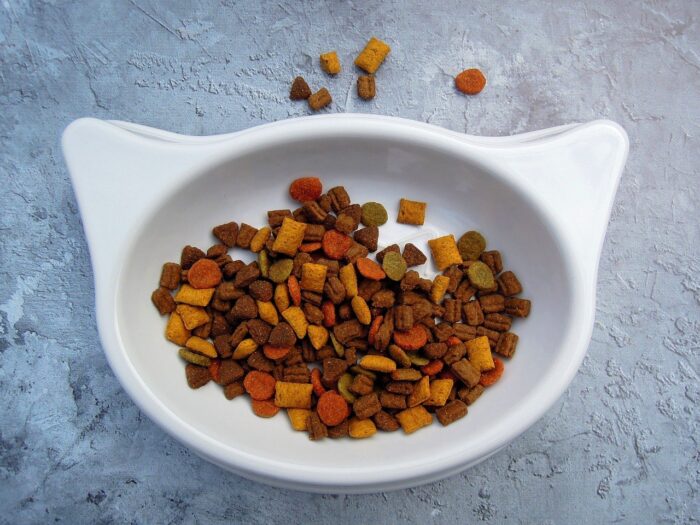
Transferring Dry Cat Food to Other Containers
There may be instances where transferring dry cat food to different containers becomes necessary. It is important to know when to transfer and choose the right container to maintain the food’s quality.
When to Transfer
If the original packaging of dry cat food becomes damaged or compromised, it is important to transfer the remaining food to a new container. This could include situations where the packaging has been torn, punctured, or not resealable. Additionally, if you purchase dry cat food in bulk, it is advisable to transfer smaller portions into airtight containers for daily use, while keeping the remaining quantity sealed.
Choosing the Right Container
When transferring dry cat food, choose a container made of food-grade materials that can provide an airtight seal. Some suitable options include plastic bins with secure lids or glass jars with rubber seals. Ensure that the container is clean and dry before transferring the food, and label it with the expiration date of the original packaging. This will help you keep track of the shelf life and prevent any confusion.
Checking the Quality of Dry Cat Food
It is essential to periodically assess the quality of dry cat food to ensure that it is still fresh and safe for your furry friend. Here are a few simple checks you can perform:
Visual Inspection
Inspect the food for any signs of mold, unusual discoloration, or clumps. The kibble should appear uniform in color and shape. If you notice any abnormalities, it is best to discard the food.
Smell Test
Give the dry cat food a sniff. Fresh dry cat food should have a mild and pleasant aroma. If it smells rancid, moldy, or generally off, it indicates that the food has spoiled and should not be fed to your cat.
Texture Check
Take a small sample of the dry cat food and feel its texture. The kibble should be dry, crunchy, and not sticky or greasy. If you notice any significant texture changes, it could be a sign of spoilage.
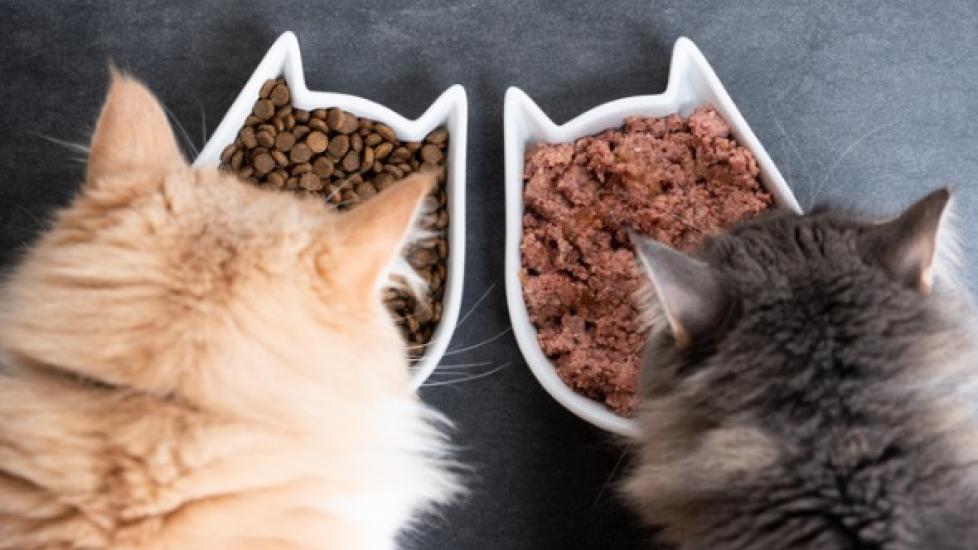
Feeding Expired Dry Cat Food
Feeding expired dry cat food can pose potential risks to your cat’s health. While it is unlikely to cause immediate harm, regularly consuming expired or spoiled food can lead to various health issues.
Possible Risks
Expired dry cat food may lack essential nutrients, leading to nutritional imbalances in your cat’s diet. It can also contain harmful bacteria or molds that can cause digestive problems or other illnesses. To ensure your cat’s well-being, it is best to avoid feeding them expired dry cat food.
Consulting a Veterinarian
If you suspect that your cat has consumed expired dry cat food or is experiencing any symptoms of illness after consuming it, it is recommended to consult a veterinarian. They can provide guidance on appropriate steps to take and help monitor your cat’s health.
Importance of Rotating Dry Cat Food
Rotating your cat’s dry food is essential to provide a balanced and varied diet. Continuously feeding the same dry cat food without variation can lead to nutritional imbalances and other issues.
Preventing Nutritional Imbalances
Different types and brands of dry cat food offer varying nutritional profiles. By rotating between different options, you ensure that your cat receives a wider range of essential nutrients. This can help prevent deficiencies or excesses of specific nutrients and promote overall health.
Avoiding Stale or Spoiled Food
Rotating dry cat food also helps prevent the accumulation of stale or spoiled food. If your cat’s dry food sits unused for an extended period, it may lose its freshness and become less appealing. By introducing different options, you can avoid the risk of your cat consuming stale or spoiled food.
In conclusion, understanding the factors affecting the shelf life of dry cat food, recognizing expiration dates, and following proper storage practices are essential for ensuring your cat’s safety and wellbeing. By paying attention to signs of spoilage, regularly checking the quality of the food, and being mindful of rotation, you can provide fresh and nutritious dry cat food to your feline companion.
